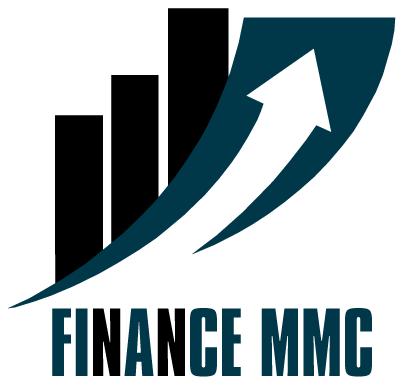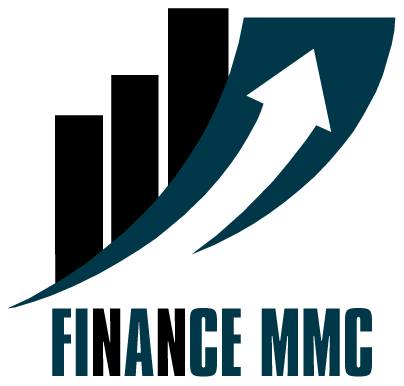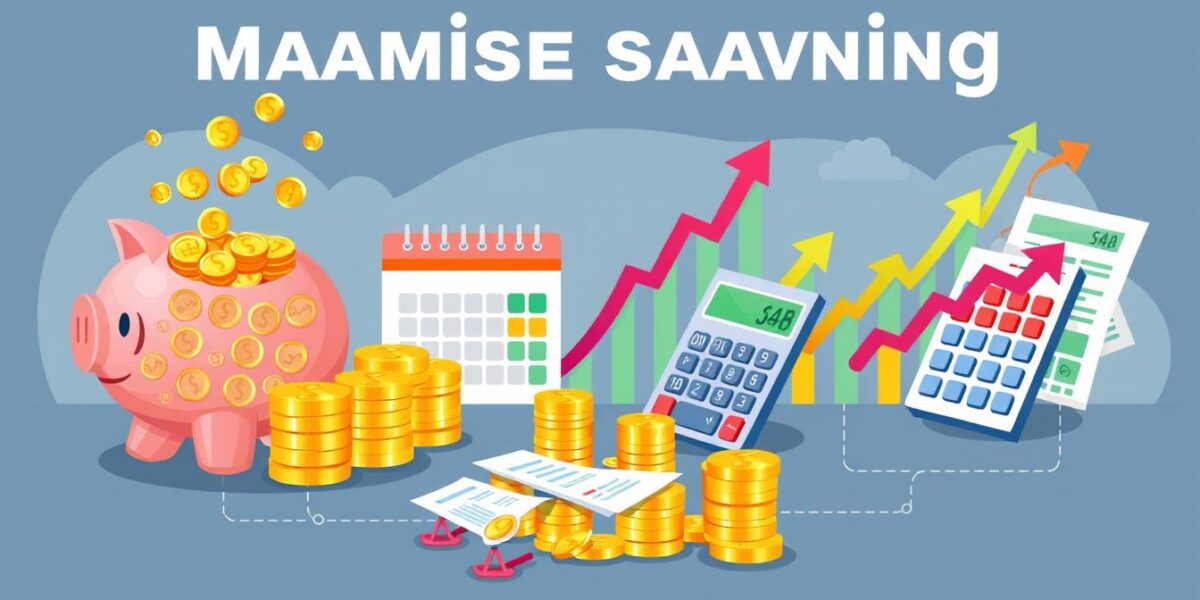Discover how a salary saving scheme can help you build financial security. Learn expert strategies to automate your savings and reach your money goals faster in 2025
Managing your finances wisely begins with a plan. A well-structured salary saving scheme can turn your monthly paycheck into a stepping stone for achieving financial freedom and long-term stability.
In 2025, having a solid salary saving plan is crucial. With the right strategy, you can turn your income into wealth. The goal is to make the most of every dollar and follow a savings plan that matches your dreams.
Financial planning is more than just wishing for success. It needs a clear plan that uses smart saving tactics and knows about contribution limits. This way, your money can grow and lead you to financial freedom.
Key Takeaways
- Develop a strategic approach to salary savings
- Understand contribution limits for retirement accounts
- Maximize employer matching opportunities
- Create automatic savings transfers
- Explore tax-advantaged investment options
Understanding the Basics of Salary Saving Scheme
Starting a strong financial plan begins with knowing how saving can change your future. A salary saving scheme helps you build financial security by managing money well.
Understanding personal finance needs smart planning and strategies. The lic salary saving scheme helps you build a stable financial future.
What is a Salary Saving Scheme?
A salary saving scheme is a smart way to save money automatically. It helps you:
- Save money regularly
- Build financial security easily
- Not spend all your income
Benefits of Systematic Savings
Systematic savings can greatly improve your financial health. Here are some key benefits:
- Save money automatically
- Less financial stress
- Save on taxes
- Better long-term planning
“The secret of getting ahead is getting started.” – Mark Twain
Key Features and Eligibility
Salary saving schemes have flexible features for different needs. You might be eligible if you:
- Work for a registered company
- Are between 18-55 years old
- Have a steady income
- Have good credit
Knowing these basics of systematic savings helps you make smart financial choices. It’s a step toward building wealth for the long term.
Setting Up Automatic Savings Transfers
Learning to save automatically is key to growing your money. By setting up automatic transfers, you can save regularly without having to do it manually. This helps you build a strong financial base.
To create a good automatic savings plan, follow these steps:
- Determine your monthly savings goal
- Choose the right savings account
- Set up recurring transfers
- Align transfers with your pay schedule
Automatic savings is simple yet powerful. Automating your savings helps you avoid spending money meant for your future. Most banks have tools online to make setting up transfers easy, helping you save consistently.
“The secret of getting ahead is getting started” – Mark Twain
Using a biweekly budget can boost your savings. By linking transfers to your paydays, you can save steadily and predictably.
| Savings Strategy | Potential Annual Savings |
|---|---|
| 1% Retirement Challenge | $110,000 by age 65 |
| Round-Up Challenge | $500-$1,500 per year |
| Biweekly Savings Transfer | Up to $5,000 annually |
Begin with a small amount if you’re new to saving. Saving 5-10% of your income can make a big difference. Your future self will appreciate your commitment to saving and growing your finances.
Maximizing Your 401(k) Contributions in 2025
Retirement savings are key to your financial future. Understanding 401(k) contributions is vital for a strong financial plan. It helps you grow your wealth over time.
The world of retirement savings is always changing. 2025 brings new chances to make smart 401(k) moves. Knowing the current limits and strategies can greatly improve your financial security.
Traditional vs Roth 401(k) Options
Deciding between Traditional and Roth 401(k) plans is important:
- Traditional 401(k): Allows pretax contributions, lowering your taxable income now
- Roth 401(k): Offers tax-free withdrawals in retirement
Understanding Contribution Limits
In 2025, the 401(k) contribution scene is promising. Here are the main points:
| Age Group | Base Contribution | Catch-up Contribution | Total Possible Contribution |
|---|---|---|---|
| Under 50 | $23,500 | N/A | $23,500 |
| 50-59 | $23,500 | $7,500 | $31,000 |
| 60-63 | $23,500 | $11,250 | $34,750 |
Employer Match Benefits
Don’t ignore employer matching in your retirement plan. An employer match can add free money to your retirement. Many employers offer:
- Dollar-for-dollar matching up to a certain percentage
- Partial matching of contributions
- Potential thousands more in retirement savings each year
“Maximize your employer match – it’s the closest thing to free money in your financial portfolio.” – Financial Planning Expert
Smart 401(k) moves can lower your taxes and build a strong retirement fund. Regularly check and tweak your strategy to make the most of retirement savings.
Smart Strategies for Expense Tracking

Mastering expense monitoring is key to reaching your financial goals in 2025. Personal finance apps have changed how we track spending. They make budgeting simpler and more accessible than ever.
“Every dollar you track is a dollar you can potentially save,” financial experts suggest.
To manage your finances well, try these smart expense tracking strategies:
- Create a zero-based budget where every dollar has a specific purpose
- Use personal finance apps for real-time expense tracking
- Review and categorize expenses monthly
- Set clear financial goals for income and spending
According to Ramsey Solutions, budgeting apps are super convenient for tracking expenses. These apps let you:
- Connect directly to your bank accounts
- Automatically categorize transactions
- Share budgets with family members
- Generate detailed spending reports
Using a smart expense monitoring strategy helps you use your income wisely. Financial experts suggest:
| Income Allocation | Percentage |
|---|---|
| Daily Operations | 50% |
| Savings | 10% |
| Emergency/Unexpected Costs | 5-10% |
By adopting these budgeting methods, you can control your financial future. You’ll make smart spending choices in 2025.
Investment Options in Salary Saving Schemes
Exploring investment options can feel daunting. Yet, knowing key strategies can boost your salary savings. It’s about making smart choices that balance growth with safety.
Your salary saving plan offers many ways to grow your money wisely. By trying out different investment types, you can build a strong financial portfolio. This portfolio should match your personal goals.
High-Yield Savings Accounts
High-yield savings accounts are great for those who prefer low risk. They offer:
- Higher interest rates than regular bank accounts
- FDIC insurance for safety
- Quick access to your money
Mutual Funds and Index Funds
When you look to diversify, mutual funds and index funds are key. They provide professional management and wide market exposure.
| Fund Type | Average Return | Risk Level |
|---|---|---|
| Index Funds | 7-10% | Low to Moderate |
| Mutual Funds | 5-8% | Moderate |
Risk Management Strategies
Managing risk well means using smart strategies:
- Check and adjust your portfolio regularly
- Spread investments across different types
- Change your investments based on your comfort with risk
“Investing should be more like watching paint dry or watching grass grow. If you want excitement, take $800 and go to Las Vegas.” – Paul Samuelson
The Rule of 72 shows that a 10% return doubles your money in about 7.2 years. Experts say save 10-15% of your monthly income for wealth over time.
Optimizing Your Budget for Maximum Savings
Mastering your financial goals starts with smart budgeting. It changes how you handle your money. The goal is to balance your income, expenses, and savings.
“The goal is to save at least 15% of your gross pay and maintain 3-6 months of emergency expenses,” says financial expert Dave Ramsey.
Creating an effective budget involves several steps:
- Categorize expenses into essential and non-essential spending
- Track every dollar using budget apps and spreadsheets
- Identify areas for potential cost reduction
- Set clear financial milestones
NerdWallet suggests the 50/30/20 budgeting rule:
| Category | Percentage | Purpose |
|---|---|---|
| Needs | 50% | Housing, Food, Utilities |
| Wants | 30% | Entertainment, Dining Out |
| Savings/Debt | 20% | Emergency Fund, Investments |
Financial expert Ramit Sethi also has tips. Cut unnecessary expenses, negotiate bills, and find side hustles to save more.
Try the 30-day rule for non-essential spending. Wait 30 days before buying something you don’t need. This helps avoid impulse buys and saves money for your goals.
Tax Benefits and Implications
Understanding taxes in retirement can lead to big financial wins. Knowing how taxes work with your retirement savings helps you make better choices. This way, you can grow your wealth over time.
Tax-Deferred Growth Advantages
Retirement savings come with great tax perks. When you put money into a 401(k), you get tax-deferred growth. This means your money grows without being taxed right away.
- Pre-tax contributions lower your taxable income now
- Investments grow without tax penalties each year
- This could lower your tax bracket later
“Smart tax planning today can create substantial wealth for tomorrow.” – Retirement Planning Expert
Understanding Tax Brackets
It’s key to know your tax brackets now and in the future. By planning your contributions wisely, you can pay less in taxes.
| Contribution Type | Tax Impact | Potential Savings |
|---|---|---|
| Traditional 401(k) | Reduces current taxable income | Up to $500 annually on a $2,000 contribution |
| Roth 401(k) | Tax-free withdrawals in retirement | No immediate tax benefit |
For example, adding 5% of a $40,000 salary to a 401(k) can cut your taxable income to $38,000. This could save you about $500 in taxes. Just a 1% increase in contributions can also lower your taxes.
But, remember the rules for withdrawals. Taking money before 59½ might cost you a 10% penalty. Your retirement plan should match your financial goals and current tax situation.
Common Mistakes to Avoid in Salary Saving

Managing money can be tough for many. Planning for retirement needs smart thinking and avoiding common mistakes. These errors can ruin your financial future.
Young workers often make big mistakes that hurt their money future. Here are the top retirement saving mistakes to avoid:
- Neglecting employer match opportunities in your 401(k)
- Failing to increase contributions as your income grows
- Making early withdrawals from retirement accounts
- Choosing overly conservative investment options
“The biggest risk in retirement planning is not investing, but not investing wisely.” – Financial Expert
Knowing about these mistakes can help you save more. The government offers big benefits like automatic contributions and matching programs. But, many people miss out on these.
| Mistake | Potential Cost |
|---|---|
| Missing TSP Match | Up to $1,150 annually |
| Not Diversifying Investments | Reduced long-term returns |
| Ignoring Inflation | Decreased purchasing power |
Here are some ways to avoid these money mistakes:
- Always put money into your retirement accounts
- Use tools like the TSP Contribution Calculator
- Save 12-18 months of monthly expenses
- Check and adjust your investment mix often
Pro Tip: Spread your contributions evenly throughout the year to maximize matching and compound interest opportunities.
Conclusion
Creating a solid salary saving plan is the first step to building wealth and financial security. By saving at least 20% of your monthly income, you can change your financial future. The 50/30/20 rule helps: spend 50% on needs, 30% on wants, and 20% on savings and debt.
Planning for retirement needs steady effort and wise investments. Use 401(k) plans and other strategies to grow your savings. Saving early helps your money grow faster with compound interest. Look into 401(k)s and profit-sharing for tax benefits and growth.
Your financial path is unique, and being flexible is important. While saving, think about diversifying your investments and understanding taxes. Adjust your plans as needed to reach your goals, whether short-term or long-term.
Small, consistent steps today can lead to big financial freedom tomorrow. Begin now, stay updated, and stick to your financial goals. Your future self will thank you for the smart choices you make today.


